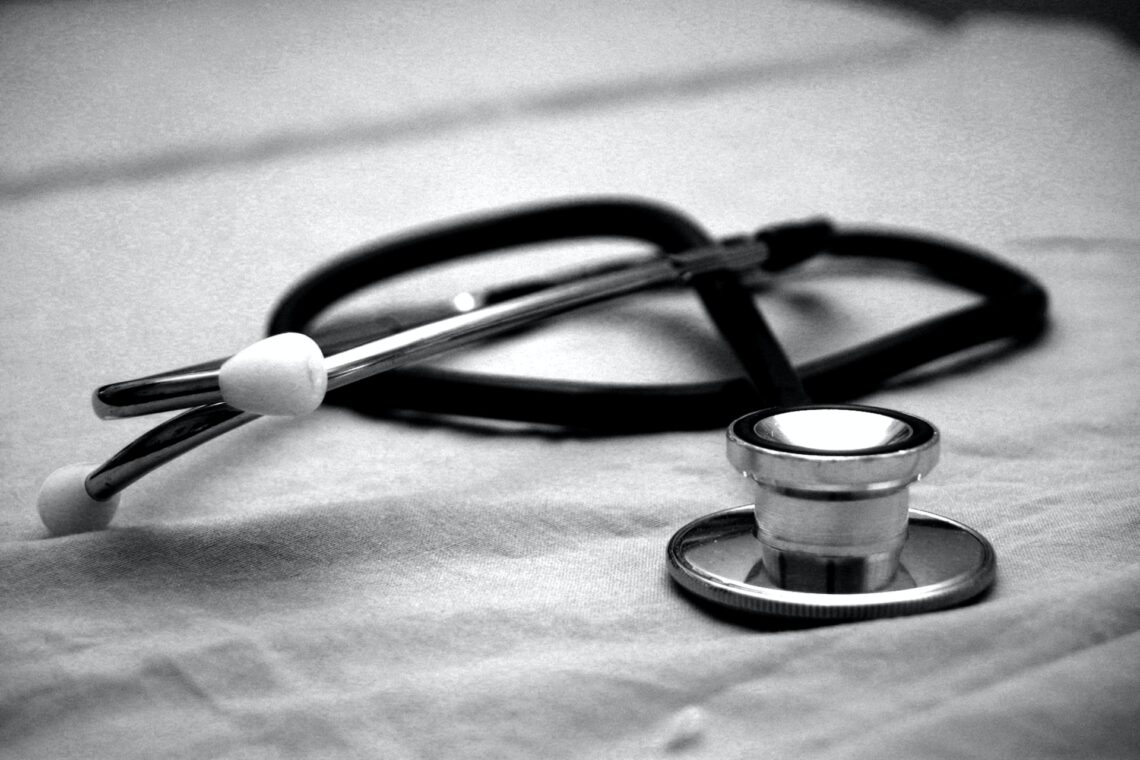In an interesting turn of events, Google has announced its latest medical chatbot, Med-PaLM 2 will be available in some US hospitals. The tech giant launched a comprehensive testing phase for this state-of-the-art chatbot in April, collaborating with renowned medical institutions including, among other prestigious facilities.
The Med-PaLM 2 chatbot, designed to provide answers to medical questions, can also summarize enormous data and analyze health-related data. According to WSJ, Google hopes the technology will help countries with limited access to health practitioners.
The medical chatbot was developed on a set of specifically curated medical professional demonstrations. By leveraging this unique dataset, the company has high expectations that its chatbot will surpass general-purpose counterparts like Bard, ChatGPT, and Bing
Med-PaLM 2 tackles medical questions
Med-PaLM 2 is an improved version of Med-PaLM. The new chatbot has set a new record by getting 86.5 percent on the medical dataset, 19% above the score achieved by its predecessor.
The WSJ report also cited the research study by Google, revealing that just like other large language models, Med-PaLM 2 has some issues regarding accuracy. The study revealed that Med-PaLM 2 provides more irrelevant and inaccurate answers than human doctors.
However, using other standards including showing no form of incorrect understanding, or providing generally-supported answers, Med-PaLM 2 performed almost at the same level as doctors.
Google has guaranteed that customers including Mayo Research Hospital will still have total control over their data, without Google having access to it. According to Greg Corrado, a top research director at Google, he would not want Med-PaLM 2 to be a part of his healthcare journey, as it is in its developing stage, however, the chatbot has great potential and can transform the health sector
Google has been coming up with several cutting-edge technologies, as seen with the launch of Bard. Its new chatbot is a revolutionary move to bridge the unequal gap in health resources.
Photo Credit: Hush Naido Jade Photography








